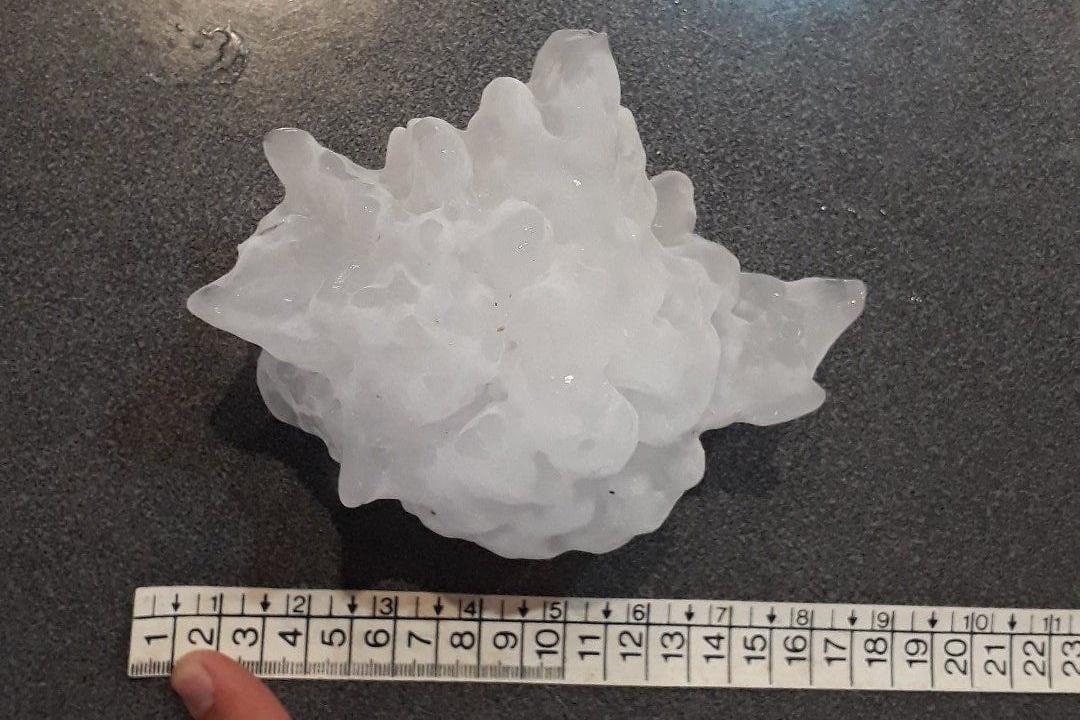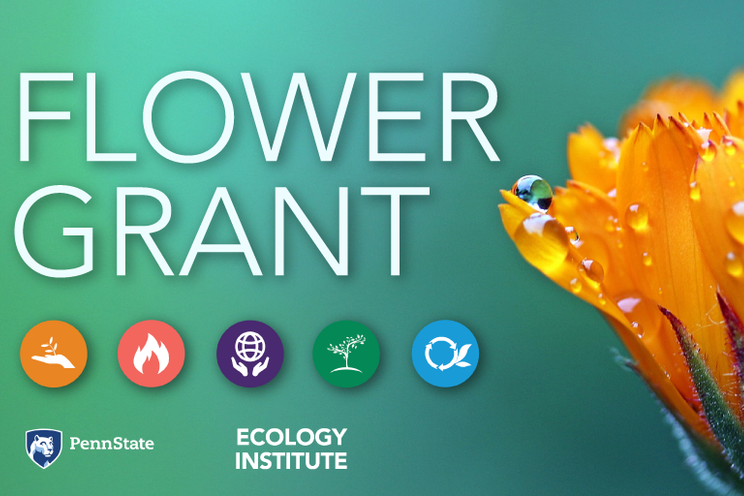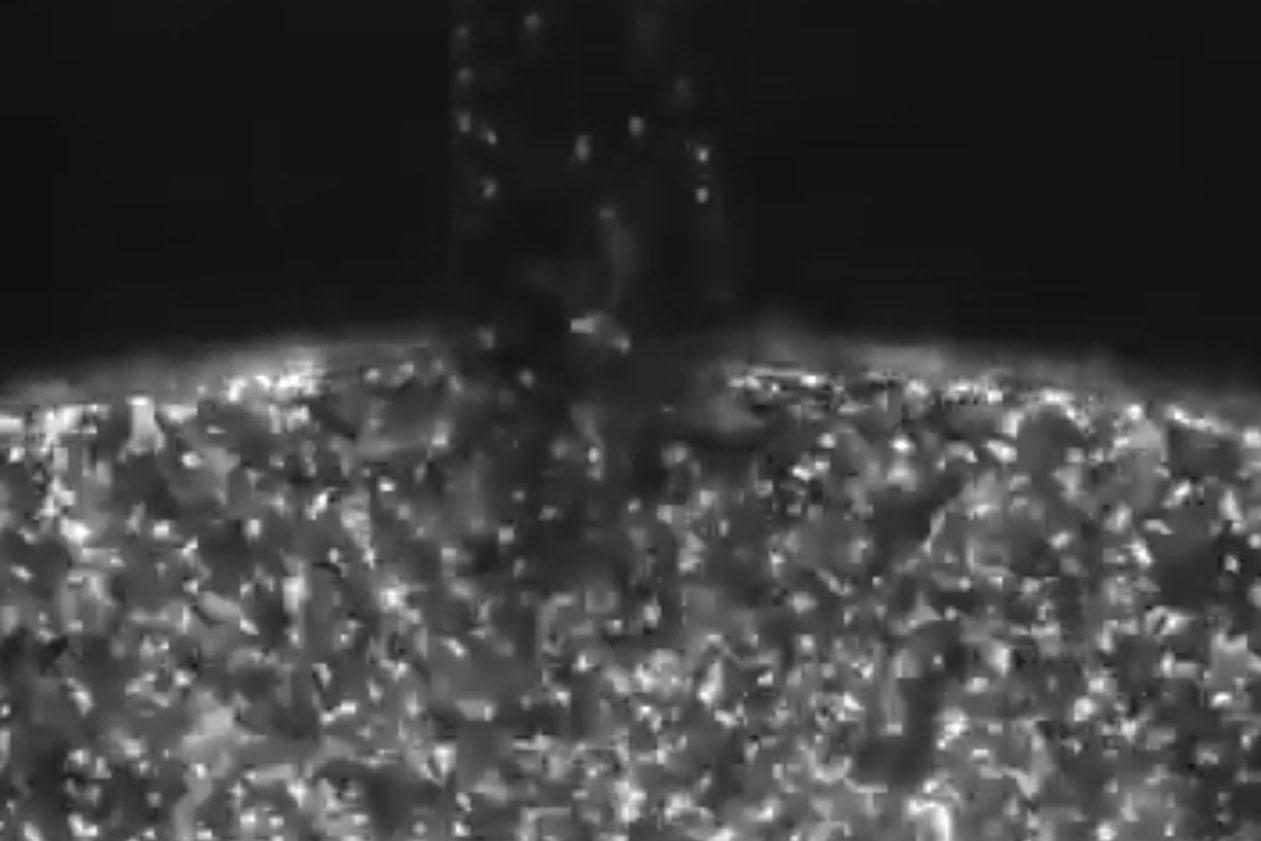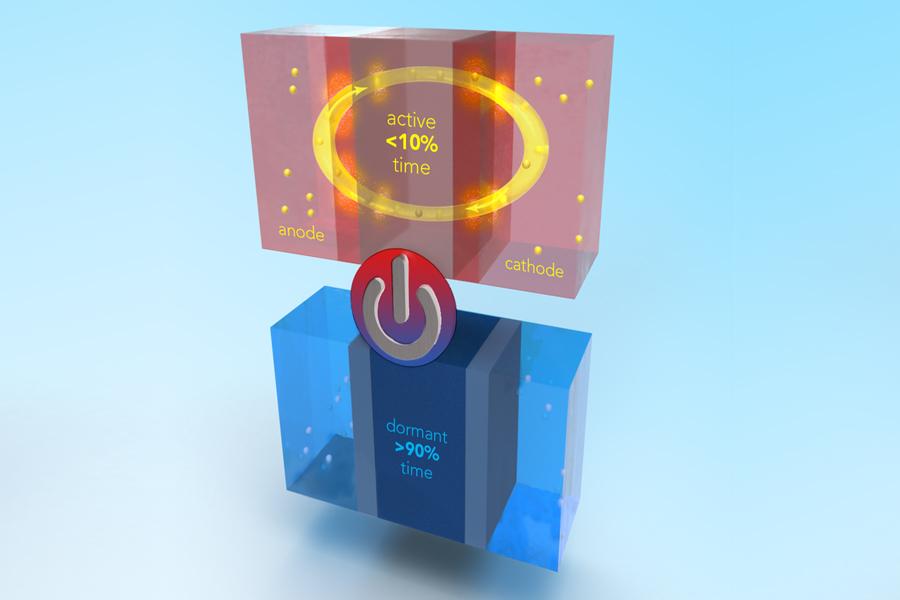Read the latest news about research conducted by investigators in the College of Earth and Mineral Sciences. Our faculty and students are continually advancing technology, creating solutions and expanding knowledge with new and innovative research.
News
A supercell thunderstorm pelted a city center in Argentina a few years ago with hailstones so large scientists suggested a new category to describe them — gargantuan hail.
A good grip can mean the difference between life and death for lizards in a hurricane, causing populations hit more frequently by hurricanes to have larger toepads, according to researchers from Washington University and Penn State.
The Ecology Institute announced a call for proposals for its Flower Grant program to support ecology research focused across the institute’s five core themes: resilience and adaptation; provision of ecosystem goods and services; ecology at the interface; rapid evolutionary change; and ecological foundations.
Scientists have developed a new mechanism capable of harvesting wasted magnetic field energy and converting it into enough electricity to power next-generation sensor networks for smart buildings and factories.
As Penn State Materials Research Institute prepared for its 2019 Materials Day event – held Oct. 29-30 – 3M was busy reinforcing its relationship with Penn State to advance research activities with a new $900,000 commitment over the next three years.
New findings on how bacteria can maintain persistent and fast upstream swimming motion over distances comparable with many human organs, may help prevent life-threatening infections, according to a team of international researchers.
An atomically thin materials platform developed by Penn State researchers in conjunction with Lawrence Berkeley National Lab and Oak Ridge National Lab will open a wide range of new applications in biomolecular sensing, quantum phenomena, catalysis and nonlinear optics.
A lithium-ion battery that is safe, has high power and can last for 1 million miles has been developed by a team in Penn State’s Battery and Energy Storage Technology (BEST) Center.
An improved method to predict the temperature when plastics change from supple to brittle, which could potentially accelerate future development of flexible electronics, was developed by Penn State College of Engineering researchers.
Penn State researchers found that a common tool used to understand carbon dioxide fluxes, or how the gas moves between the atmosphere and ecosystems, may be overconfident because of uncertainties in the release of carbon dioxide by the combustion of fossil fuels.












